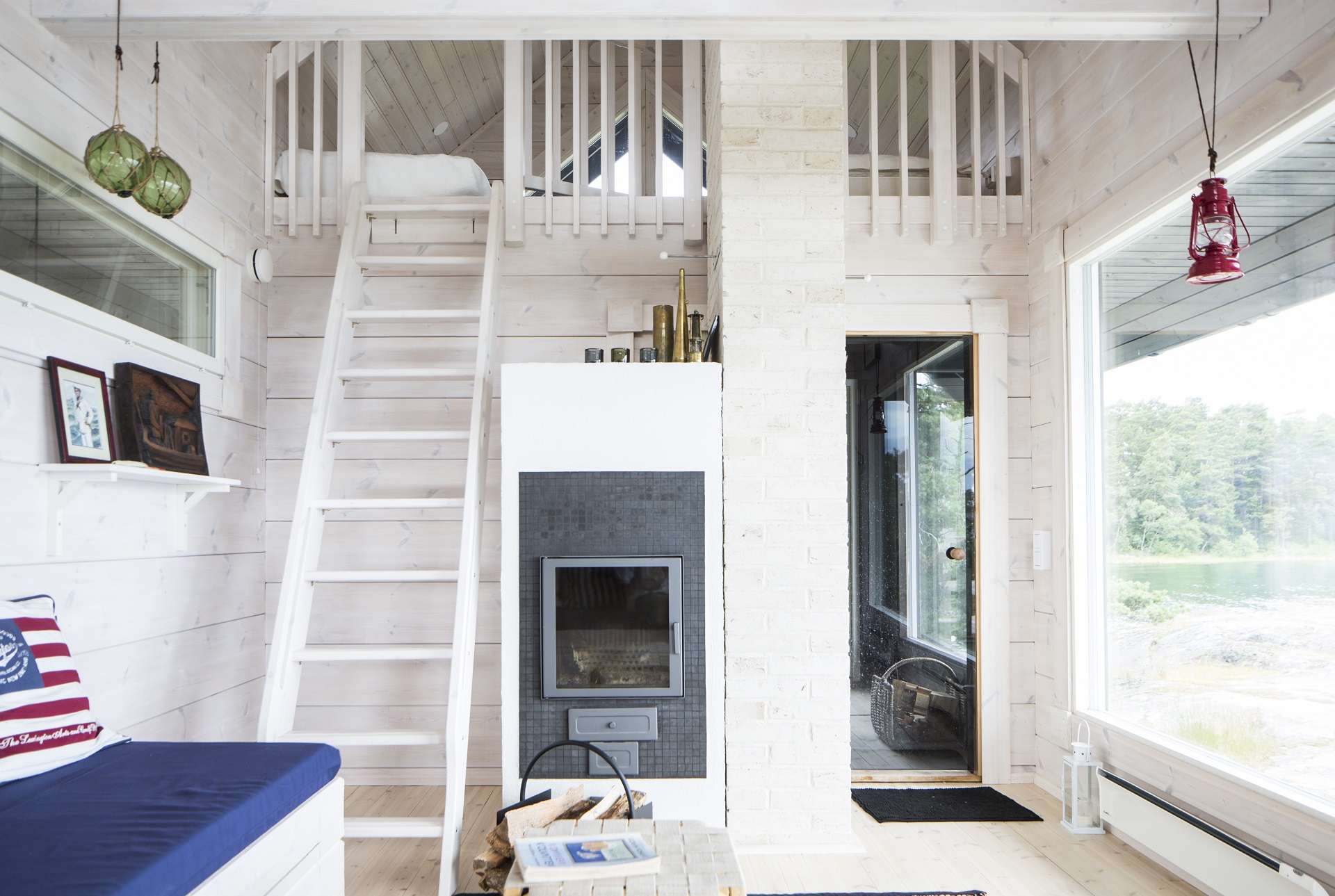
Wood is a living and warm material. It smells good, feels good to touch, and it even has positive effects on our health.
Using wood products has many good effects. Aalto University in Helsinki, Finland, is doing a comprehensive scientific study to measure some of them.
“The fact that wood can play a positive role in reducing the effects of climate change is one of the biggest drivers increasing the use of wood in living interiors, exterior cladding and as a construction material,” states Mark Hughes, Professor of Wood Technology at Aalto University.
Hughes notes that there are several megatrends driving demand for new wooden buildings.
“Constructions are long-living structures, so they store carbon for a quite long period of time.”
Hughes is leading Aalto University’s participation in the EIT Climate-KIC initiative. It focuses on innovations with positive climate change impacts and potential commercialization value.
“Some of the work that we have been doing is looking at the carbon footprint of different structures and construction materials. Wood is a lightweight material in relation to its structural performance, so less material is needed for the foundations of buildings, which in turn decreases transportation costs,” Hughes says.
Balancing act
In addition to its carbon-mitigating impacts, wood is a “living” material in that it interacts with its surroundings and environment.
Wood is good for moisture buffering when there are major fluctuations and variations in relative humidity inside buildings. The properties of wood can help to control the environment passively, possibly even reducing the need for mechanical ventilation.
“Wood reacts by taking moisture from the air when it is humid and releasing it when it gets dry, so wood products help to control humidity and create a better environment for living. Generally speaking, these aspects have a positive impact on peoples’ health, but they may also reduce energy requirements,” says Hughes.
At room temperature, wood often feels warmer to the touch than many other commonly used materials. But what does this mean in reality? How much warmer should a “cooler” surface be to make it feel equally comfortable?
“We have compared different surfaces of equal physical temperatures. In order to give an equal sense of warmth, the temperature of a wooden floor can be a couple of degrees lower than some other materials. This can make a difference in energy consumption,” Hughes explains.
Aalto University has also been exploring the tactility of wood, that is, how wooden surfaces should feel in order to be perceived as smooth and appealing.
“Sometimes a certain type of coating can decrease the feeling of naturalness of a wood surface. This is why it is important to understand what kind of coating improves the tactile perception,” observes Hughes.
“Through our research, we are trying to better understand the interaction between wood surfaces and interiors, and we have developed new types of coatings that make wood surfaces hydrophobic to liquid water but that still retain the ability to absorb moisture from the atmosphere.”
Cascading in construction
Concrete and steel remain the preferred construction materials, especially in bigger projects, though wood construction is a slowly growing trend and the use of wood in multi-storey buildings is increasing.
“To increase the use of wood in structures and as a building material we need to increase knowledge and create a favourable environment and legislation. Wood building might be a bit more expensive and there are still regulatory and cultural issues hindering increased wood construction,” notes Hughes.
“Meanwhile, we need to rethink how to improve the material efficiency of wood material use within the bioeconomy by, for example, cascading. We have to maximise the forest’s ability to take carbon dioxide from the atmosphere.”
According to Hughes, we can optimise wood cascading and increase the material efficiency and reuse of wood materials during their whole lifecycle.
“When architects design buildings, they must envisage the deconstruction stage and consider how to convert wood residues into new products instead of burning the material. This would increase material efficiency,” Hughes notes.
Text: Vesa Puoskari
Photo: Honkarakenne